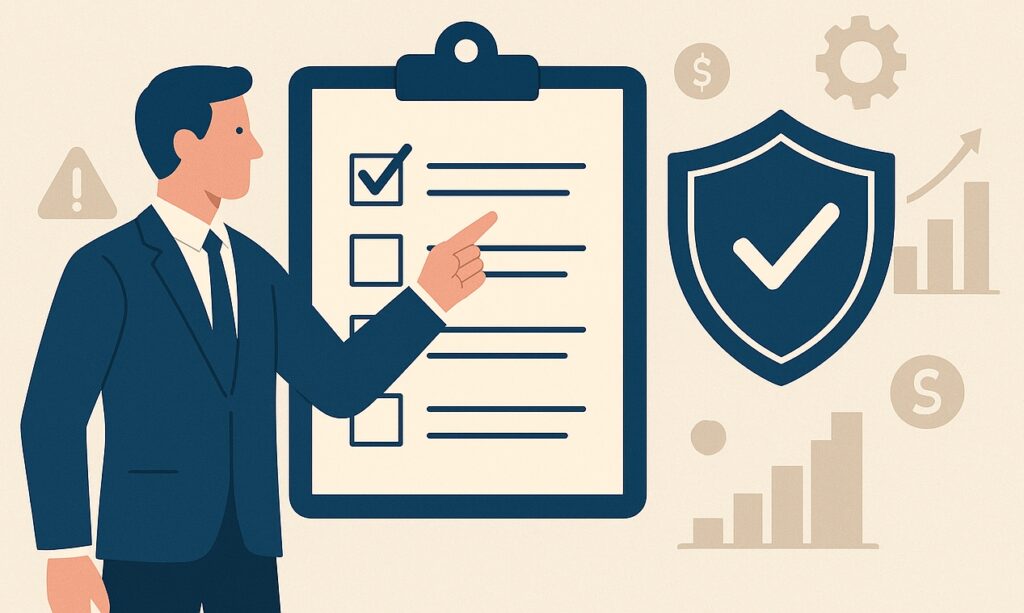Burnout is a real risk for CEOs whose bodies and minds are literally bombarded by stress, causing your brain function to go down as your blood pressure goes up. Stress and change are coming at us at a pace like no other time in our history — from COVID and the economy to our modern electronic lives and the pace of business — and CEOs are sitting squarely in the middle of the mayhem.
Combatting burnout is essential not only to your own personal physical and mental health but to the health of your business as well, because of your responsibility to lead it. One proven way to address burnout is through mindfulness. Yes, mindfulness. But before you dismiss the method as “fluff,” you need to understand that the science of mindfulness is as real as the science of stress.
VA Council of CEOs recently welcomed Dr. Teresa Babineau, a credentialed mindfulness and burnout expert who is a practicing physician and faculty member at University of Virginia School of Medicine, to our quarterly luncheon to explain the science behind mindfulness as a burnout buster and offer specific ways to put mindfulness into practice in our demanding daily lives. Whether you missed the event or need a helpful reminder of what you learned, we’ve captured the highlights for you here.
In a hurry? Scroll down to get to skip the science and find four ways to reduce stress and burnout.
THE SCIENCE OF STRESS AND MINDFULNESS
When you experience stress, your body releases cortisol, which is why it’s known as the stress hormone. In a stress response, cortisol kicks in and your body activates its “fight or flight” mode. To your brain, losing a major client or managing a supply chain snafu is just like our ancestors coming face to face with a saber-toothed tiger — your body’s stress response is the same. Your heart races as blood moves to support your critical organs, causing issues like muscle pain, headaches, constipation, and increased blood pressure and stomach acid. Sound familiar?
Our bodies react to stress and overload with physical symptoms — and so do our brains. When you experience burnout, you can’t think straight because your brain is literally shutting down. Your prefrontal cortex, one of the higher thinking parts of your brain, goes on strike because it’s exhausted by overload. Have you ever experienced “tip of the tongue” syndrome, when you just can’t remember a detail, a name, a word? That’s a symptom of prefrontal exhaustion. High stress leads to overload of our sympathetic nervous system, which, quite frankly, was not designed to be in the state of constant overload we experience today. To balance it out, we need to turn on our parasympathetic nervous system, which relaxes parts of our body after periods of stress. This is where mindfulness comes in. Mindfulness and meditation are scientifically proven to activate the parasympathetic nervous system and turn the prefrontal cortex back on, putting the body into “rest and digest” mode. Your heart rate comes down, your digestion gets the green light, and your brain returns to full function so you can think clearer, make better decisions, and even react better to the next stressful situation.
Kicking your parasympathetic nervous system into action is the scientific secret behind using mindfulness to combat burnout.
MINDFULNESS METHODS TO COMBAT BURNOUT
Luckily, it’s easy to get started putting mindfulness to work to combat stress and burnout. You don’t need weeks of training or even a half-hour block on your calendar. You just need a few minutes and a few simple techniques.
1. THE 3-MINUTE BREATHING SPACE: 1 In times of stress, give yourself 3 minutes to breathe. Get into a comfortable seated position and close your eyes, then focus on your breathing, how your breath feels going in and out of your body, even the sound it makes. Think about your body, like what your feet feel like on the floor or how the air feels on your skin. And keep breathing. If your mind wanders to challenges and to-dos, just bring it back to focus on your body and your breathing. After 3 minutes, get back to business. Bonus points: Making this a regular habit is a preemptive strike against stress and burnout.
2. TALK TO YOURSELF: Have a conversation with yourself, out loud, for 3 or 4 minutes every day. The key is to be respectful and compassionate to yourself. Talk through a challenge with the goal of finding a solution or closure. Explore an experience to learn more about what happened. The fact that you’re vocalizing the words adds another sense to the mix, boosting clarity by making you more aware and mindful. Try starting the conversation by saying to yourself “Let me tell you a story…” Stories have power beyond words because they cause your body to release oxytocin, the “feel good hormone.”
3. GOOD THINGS: 2 Each night before you go to sleep think of 3 good things that happened that day. Write them down, the act of which uniquely engages your brain and boosts your attention and mindfulness. Focusing on the good helps retrain your brain to find the positive instead of seeking the negative — which our brains have done for eons to protect our very survival. As the final step, reflect on why the good thing happened, and how you influenced or caused the good thing.
4. THERAPEUTIC WRITING: Get mindful about a situation by journaling about it. Journaling requires serious introspection and can lead to helping you identify solutions to challenges or making meaningful discoveries about yourself. Journaling is therapeutic and redemptive. It provides a path to change so you don’t keep repeating the same mistakes — which can obviously lead to more stress.
The Bottom line: Stress is here to stay, and the risk of burnout will always loom on your horizon unless you find ways to successfully address it. Make an investment in yourself to combat burnout and improve your clarity and your everyday effectiveness through mindfulness.
1 Created by Mark Williams, John Teasdale and Zindel Segal who created Mindfulness Based Cognitive therapy at the Oxford Mindfulness Center
2 This is the work of Dr. Martin Seligman and others so would need to mention that




